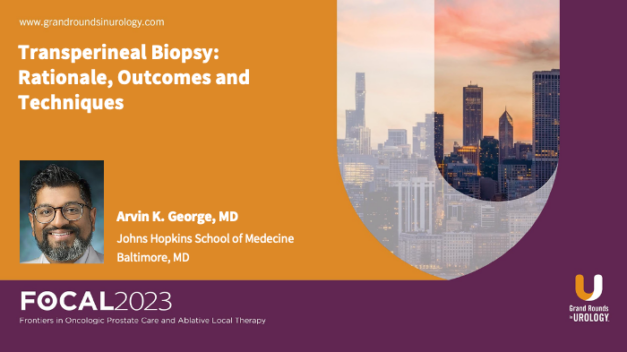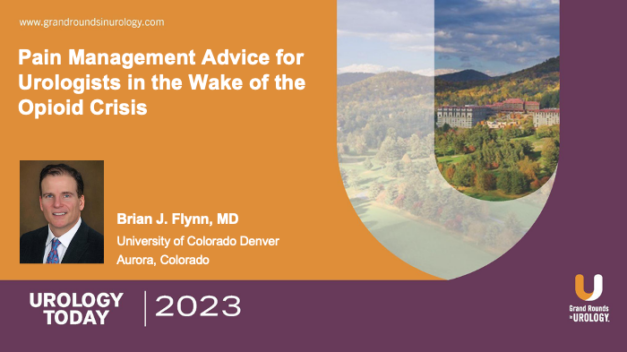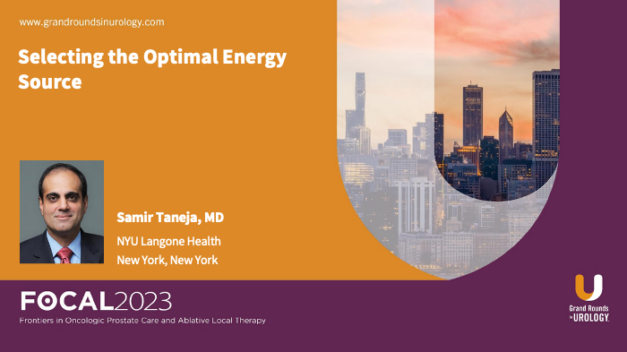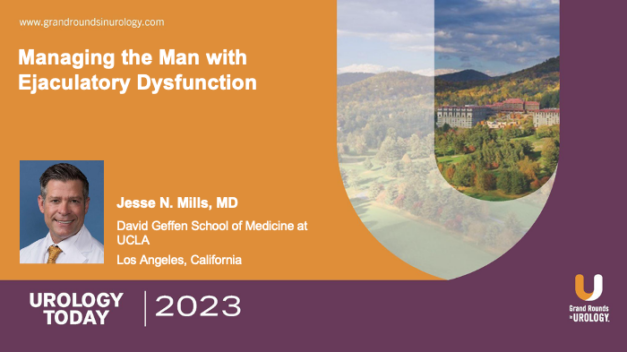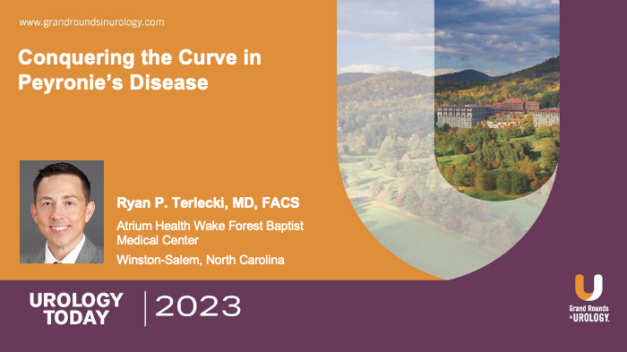Fusion Biopsy Technologies and Techniques
Peter A. Pinto, MD, discusses the evolution of prostate cancer biopsy and imaging techniques in the past twenty years, from blind systematic biopsies to MRI-ultrasound fusion biopsies. He begins by noting that prostate cancer was the only solid-organ tumor diagnosed without image guidance going into the 21st century.
When MRI was introduced as an imaging modality for prostate cancer diagnosis, urologists developed several different techniques for incorporating MRI into biopsy procedures. Dr. Pinto briefly covers the history and development of in-bore biopsies, cognitive fusion biopsies, and MRI-ultrasound fusion biopsies.
He concludes with reviewing the currently available devices in this space. He evaluates each system as it relates to biopsy needle targeting route, tracking and navigation, MRI-ultrasound fusion opportunities, ultrasound image acquisition, and biopsy fixation.
Read More




